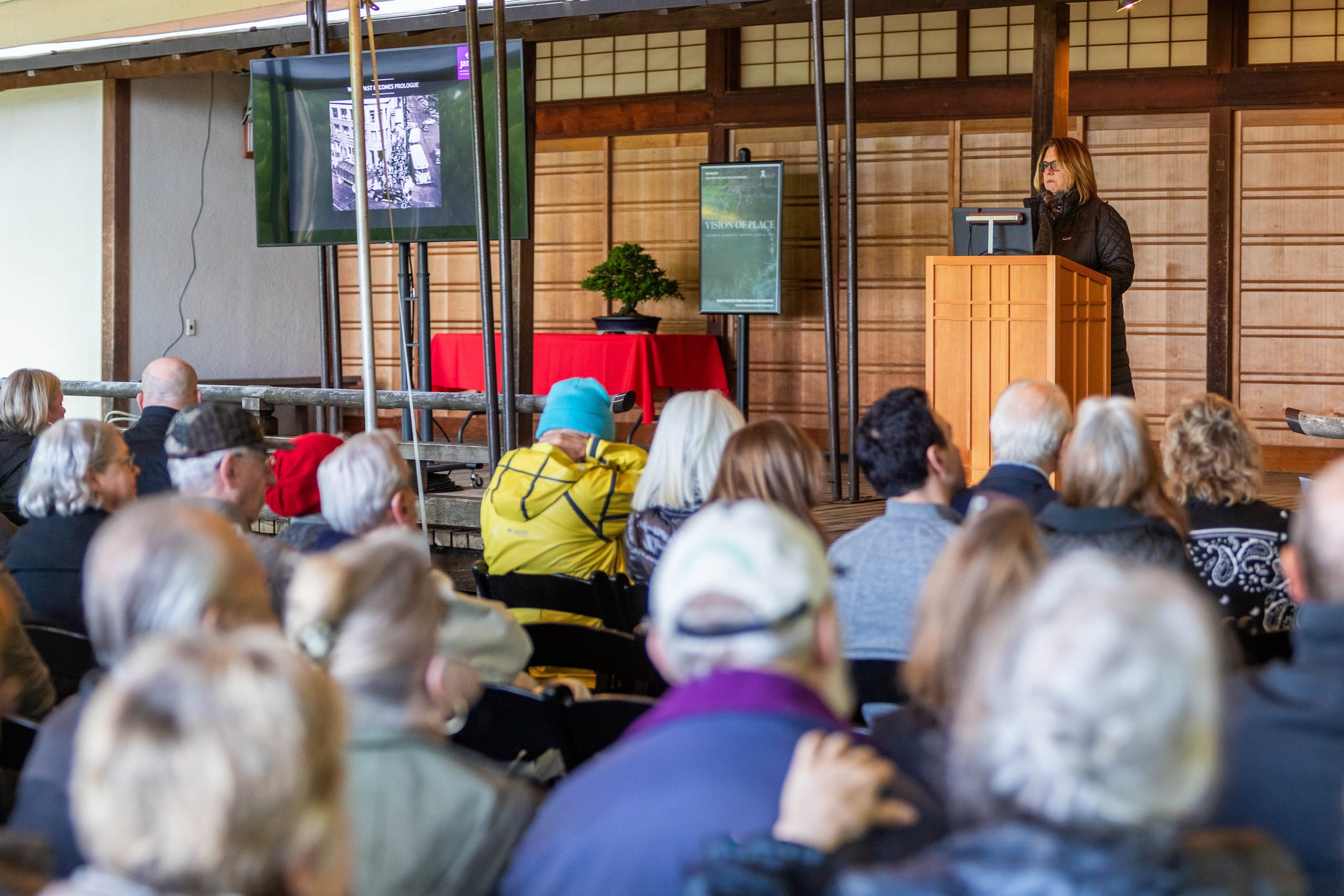
Exploring the Japanese American National Museum: A Place of Historical Remembrance and Cultural Identity

America’s Cultural Treasures: Preserving Memory and Justice at the Japanese American National Museum
The Japanese American National Museum (JANM), located in the heart of Los Angeles’s historic Little Tokyo district, is much more than a storage house of artifacts or a memorial archive. As a living, breathing cultural institution, it offers an incisive and deeply humanistic interrogation of one of America’s darkest chapters — the forced incarceration of over 125,000 Japanese Americans during World War II following Executive Order 9066. But JANM isn’t just a museum about the past; it exists to shape a more equitable and empathetic future, using storytelling as its primary instrument.
This exploration of JANM is part of “America’s Cultural Treasures,” a series sponsored by the Ford Foundation that celebrates the remarkable contributions of cultural organizations like JANM, which advance a deeper understanding of American identity through the lens of marginalized histories.
A Museum Born of Memory and Resistance
JANM was officially established in 1985 and opened its doors to the public in 1992 — a year marked not only by local racial unrest (the LA Uprising following the Rodney King verdict) but also by an awakening in ethnic communities advocating for justice. This context is not incidental. As President and CEO Ann Burroughs notes, JANM was “birthed in [a] crucible of racial tension” and founded to ensure that the civil liberties of all Americans, especially those most at risk, are never taken for granted again.
The museum’s geographic roots are symbolically rich. Its historic building was originally the Nishi Hongwanji Buddhist Temple — a spiritual and community gathering space — and later became the very place where Japanese Americans reported to begin their forced relocations during WWII. By transforming this site of trauma into one of memory and education, JANM has reclaimed a history that had long gone unacknowledged in mainstream American discourse.
The Power of Personal Testimony: Telling the Whole Story
Through its exhibitions, JANM masterfully blends the personal with the political. Its former cornerstone installation, Common Ground: The Heart of Community (1999–2023), was a transformative retelling of Japanese-American history. Through photographs, letters, textiles, and even reconstructed barracks from the Heart Mountain internment camp, the exhibit illustrated the magnitude of loss, resilience, and civic betrayal — not through statistics, but through lived experience.
One extraordinary feature of Common Ground was a real barrack transported from Wyoming, symbolically displayed without its roof — a metaphor for the vulnerability prisoners endured and the fragility of civil rights. By removing the ceiling, the museum invited visitors to gaze up, perhaps to reflect on what protections were stripped away — human dignity, liberty, and security.
Reclaiming Histories from Silence
Part of JANM’s essential mission has been to facilitate healing in a community that, for decades, struggled to talk openly about its incarceration. Clement Hanami, JANM’s vice president of exhibitions, observes that the institution’s work has “made it okay” for families to unearth and discuss previously buried histories. For descendants of camp survivors — Sansei (third-generation) and Yonsei (fourth-generation) — exhibits, public programs, and archives offer an entry point into reading their families’ untold narratives.
These personal dimensions are solidified further through communal gestures of remembrance. Outside the Pavilion, JANM honors donors’ children in its “Children’s Courtyard,” where engraved names lie alongside those etched into the glass walls of the lobby — tributes to contribution, community, and continuity.
Humanizing the Incarcerated: The Irei Project
One of the museum’s most profoundly symbolic initiatives, the Irei Project, is devoted to name restoration. Ireichō — the centerpiece of this project — is a monumental book listing every Japanese-American individual incarcerated during WWII. Visitors are invited to stamp a dot beneath a name, mimicking the act of placing a stone at a gravesite. As project guide Karen Kano explains, this is a spiritual as well as political act: “This is a list of individuals, each of whom had livelihoods, different personalities, and family.” It’s a radical act of individual recognition in defiance of a government system that once reduced these people to numbers.
Heroism in Many Forms
JANM’s exhibitions don’t only commemorate acts of compliance or military valor. The museum pays due attention to civil resistance movements like the Heart Mountain Fair Play Committee — young men who defied the draft because they refused to serve a country that had incarcerated them and their families. Their resistance, once considered shameful by some, has slowly been understood as heroic in its own right.
At the same time, JANM also honors the incredible contributions of Japanese-American soldiers. The 442nd Regimental Combat Team, staffed largely by Nisei (second-generation Japanese Americans), became the most decorated unit in U.S. military history, famously fighting elsewhere while their families remained behind barbed